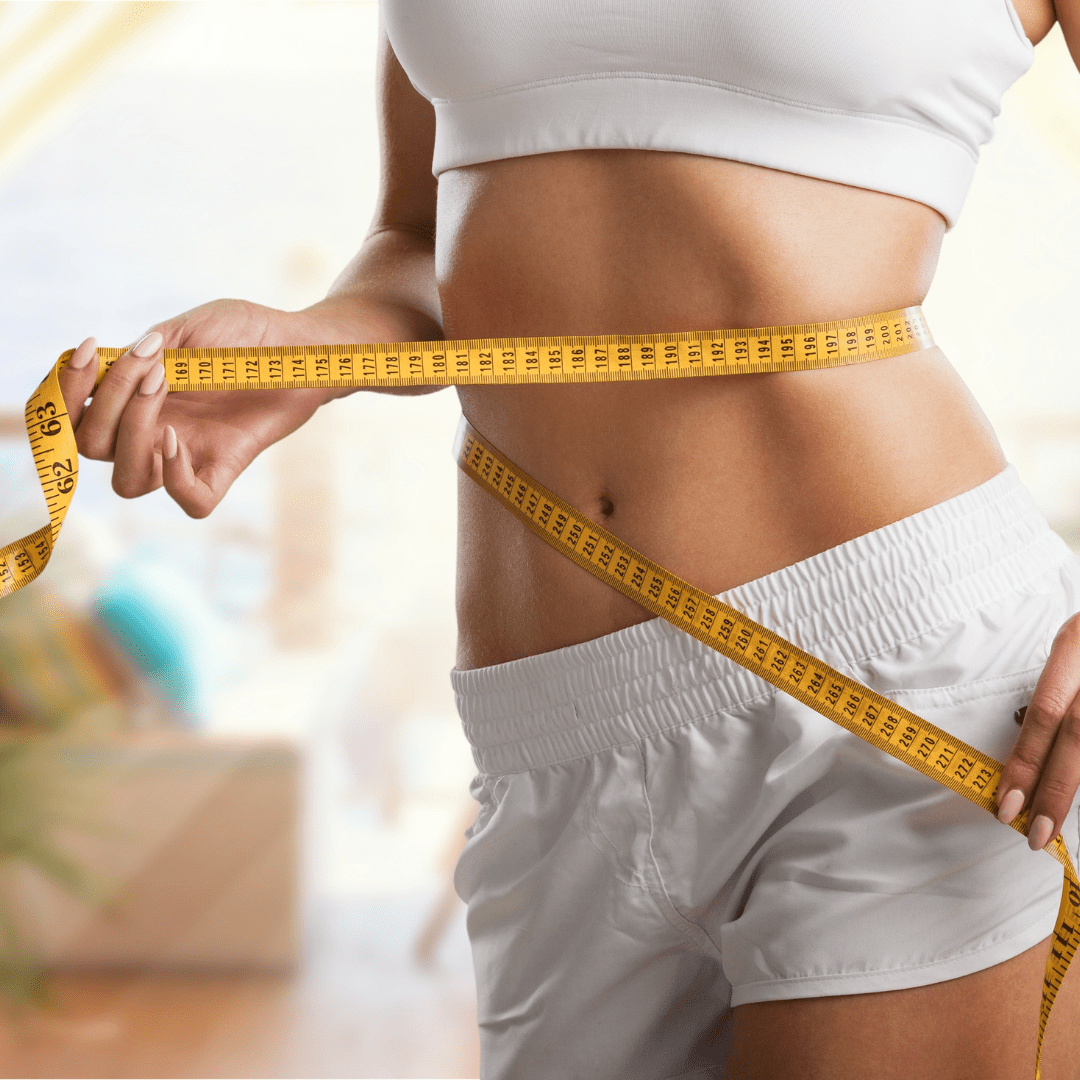In Yoga, it is said that most pranic blockages start in our joints that is why Sukshma Vyayama is done to release any such impurities. Even Ayurveda says that ‘Ama’ or the toxic and undigested waste material tends to settle in the empty spaces of our body – the joints. Physically they provide us with mobility by connecting two bones, allowing us to move rather than be stiff like a log of wood. However, if the joint was comprised of just the bones then it would soon deteriorate due to friction and erosion. That is why the joint is supported by tissues like cartilage and synovial fluid which help prevent grating of bones against each other. If this cartilage depletes due to age, injury or wear and tear then we start getting issues like joint pain and arthritis. There are many factors that contribute towards keeping our joints healthy, like, nutrition, balanced exercise routine, good posture, stress management etc. In this article, I’m sharing some traditional but simple yogic movements to activate and mobilize the joints. These do not take more than 10 minutes in a day and are excellent practice for both our physical and mental well-being. Although they are not very popular in the modern yoga practice, they are in practice in the traditional schools, especially the ones affiliated with Kriya Yoga. These movements are also known as ‘Yogic Sukshma Vyayama’ and are used by most schools of meditation and healing.
What is Sukshma Vyayama
Sukshma Vyayama is a specific ancient technique of yogic postures and dynamic movements which was introduced by Swami Dhirendra Brahmachari. Swami Dhirendra was a student of Maharishi Kartikeya and was an influential yoga teacher. He trained the Indian Prime Minister Indira Gandhi and was also invited by USSR to teach yoga to the Soviet Cosmonauts. In fact, the Morarji Desai National Institute of Yoga was originally founded by him and was known as Vishwayatan Yogashram. His complete book on Sukshma Vyayama is available for public access on Archive.org. A video of all sukshma vyayama techniques as performed by him is also available on youtube and can be accessed here. These are interesting resources if you’d like to go deeper into his techniques. Yogic sukshma vyayama techniques are supposed to be extremely powerful as they activate the subtle pranic body. Their benefits range from developing memory, intellect, willpower and sharpening the senses). That is why many of these exercises are performed prior to meditation and even Asana practice is not considered necessary if we’re doing these. However, care should be taken if there is any underlying injury and any physical practice should be started in consultation with your doctor.
Sukshma Vyayama and Kriya Yoga Joint Activation Techniques
Many of the joint activation movements I’ve shared below are inspired by Sukshma Vyayama and Kriya yoga techniques. We start with the lowest joint, our toes and progress upwards to the neck. Each dynamic movement is done 5 to 10 times and static ones are held for 5 to 9 breaths.
Lower body joints
Toes
- Open and close as if we’re trying to grab a hanky on the floor using our toes. Repeat 5 to 10 times.
- Lift up on to the toes as much as possible and back. Repeat 5 to 10 times.
Ankles
- Flex and point the foot gently. Repeat 5 to 10 times.
- Ankle Circles – trace a complete circle with your feet first clockwise, then anti-clockwise. Repeat 5 to 10 times.
Knees
- Hug one knee to chest and hold then repeat with the other leg. Hold each side for 5 to 9 breaths.
- Reverse the above movement by bending the knee in a standing quad stretch with heels close to the hips. Hold each side for 5 to 9 breaths.
- Feel free to use a wall or chair for support if it is difficult to balance on one leg
Yogi Squats: a great way to activate knee and ankles After activating each of these joints individually we can do yogi squats as they work on both knee and ankle joints. Do these as per capacity – if it is not comfortable for you to squat all the way the floor, go down half way. Alternatively, you can place a rolled mat under your feet or use any of these modifications to build your capacity to sit in the traditional Indian squat.

Middle Body Joints:
Hips
- Shishupal asana or cradling the baby pose to release the hip joint. Repeat 5 to 10 times.
Fingers and wrist
- Close the fingers to make a fist and then release. Repeat 5 to 10 times.
- Make a fist with thumb inside and do wrist rotations first clockwise then anti-clockwise. Repeat 5 to 10 times.
Elbow
- Elbow Curls: Take arms to the side, parallel to the floor and bend the elbow to touch your fingers to the shoulder. Repeat 5 to 10 times.
- Repeat the same with arms in front of you.
Upper Body Joints:
Shoulder
- Shoulder rotations with either the elbows bent or straight arms. Repeat 5 to 10 times.
- Here are a few more ways to activate the shoulders:
Neck
- Side to side: Look side to side gently coordinating your breath with the movement. Repeat 5 to 10 times.
- Ear to shoulder: Drop your right ear to right shoulder while looking straight ahead. Repeat on the other side. Hold each side for 5 to 9 breaths.
Please be careful with these movements as the cervical spine is a very critical and delicate area. Do them gently with eyes open and be alert, we don’t want to get a catch!
Conclusion
One of the best ways to protect our joints is to keep moving mindfully and changing our posture from time to time. These joint movements are an accessible and gentle way to incorporate therapeutic movements in our daily life. They improve circulation, remove stiffness and tension, relieve the nervous system and can be done by anyone. These are also a good way to warm-up before our yoga practice. Stay healthy and positive.






